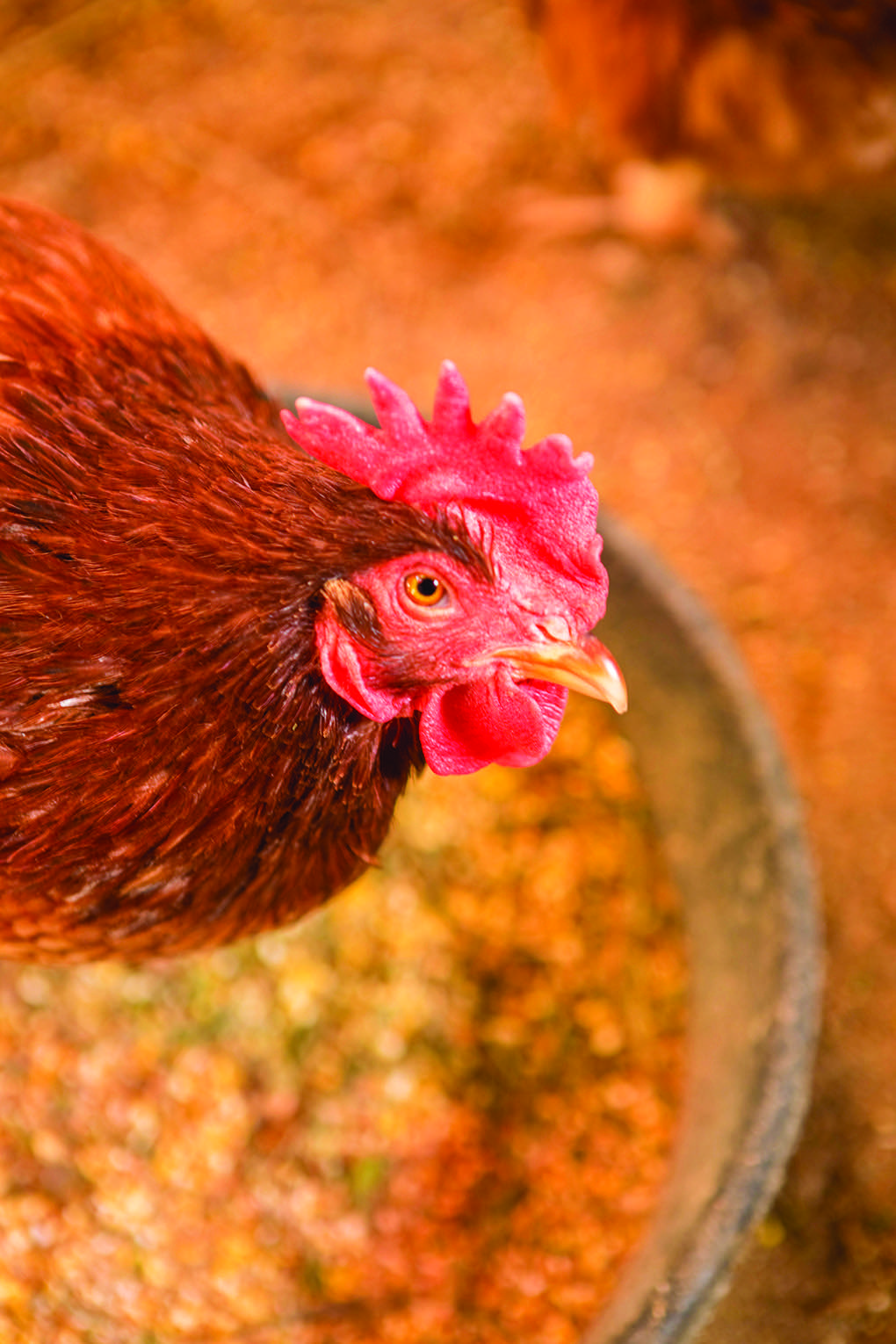City council has given first reading to expanding the number of licenses available to those wanting to raise chickens in Red Deer.
The increase to the cap on the number of licenses under the Chicken Bylaw is from one per 1,500 to one per 1,000, but council opted to hold off on second and third readings in order to seek additional feedback from the public.
The bylaw was originally adopted in 2014 with the initial number of licenses that could be issued set at 65 licenses, and a cap to limit the number of licenses issued to one per 1,500 persons.
At the time, the intent was to introduce the concept of urban chickens but to restrict the number of households to prevent potential issues from arising.
“I don’t think there has been a public outcry – it’s been a quiet implementation and I’m quite supportive of increasing (the limit) to one in 1,000,” said Councillor Lynne Mulder, adding that she would be comfortable with allowing even more.
Council notes show that demand for licenses has exceeded the supply, and continues to increase annually and the Inspections & Licensing Department has received a number of inquiries on why there is a restriction on the number of licenses.
Since its inception, the complaints received related to the Chicken Bylaw have also been minimal.
Council notes also point out there are a number of benefits to both the individual licensee, as well as the community which include locally produced food; greater control over food sources and companionship.
Benefits to the community as a whole include increased opportunities for local food production as per the Environmental Master Plan, reduction of municipal solid waste through consumption of table scraps and other organic waste by hens and pest control.
Currently, dogs and chickens are the only animals that have mandatory licensing requirements under their respective bylaws. This amendment will ensure the Chicken Bylaw is consistent with that of the Dog Bylaw.
Mayor Tara Veer said she thought it was appropriate that council not proceed beyond first reading at this point in order to allow anyone concerned about the increase to bring their input forward.
She noted that the original pilot did conclude, and the recommendation came forward to establish a regulatory framework.
“This bylaw is a reflection of that,” she said, adding that bylaws are really something of a work in progress.
But the demand is clearly there.
“There has been multiple requests and applications that the City was unable to accommodate,” she said.
“Council wanted a waiting period to see how the community responded to that and to see how those who had the licenses performed – were they good neighbours? Were they responsible pet owners?”
The next step was to measure the bylaw against those kinds of criteria, she said.
“The results are in – there have been very few complaints and there continues to be a wait list,” she added.
Throughout the aforementioned pilot project, site visits were conducted with 30 of the 35 registrants, which included a tour of the coop areas.
During the pilot project, a total of 1,850 letters were sent out to those living within 100m of homes with urban chickens.
Of those, 478 were returned.
Of those, 287 were in support of the bylaw regulations, 170 were not and 21 were undecided.
mark.weber@reddeerexpress.com



